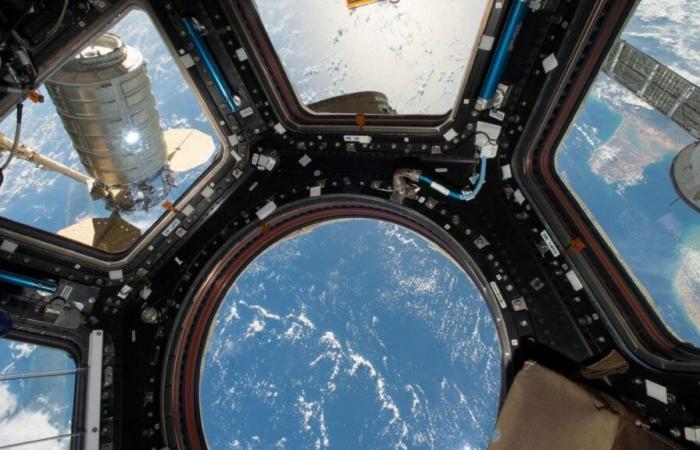L’holoportationa combination of the words “hologram” and “teleportation”, is an innovative technology that allows a three-dimensional image of a person to be projected in real time. In the case of NASA, this technique was used to virtually “transport” a scientist to the ISS, creating the illusion of his physical presence on board the station.
This technological advance is based on the use of 3D cameras and of augmented reality headsets. Astronauts on board the ISS can thus interact with their colleagues on Earth as if they were physically present. This innovation is a continuation of NASA's efforts to improve space communication, particularly through the use of laser technologies.
Here are the main benefits of holoportation for NASA:
- Reducing astronaut isolation
- Improved collaboration between crew and ground teams
- Possibility of carrying out remote medical examinations
- Real-time technical support for repairs
Technical challenges and technological feats
Implementing holoportation in space required overcoming several major technical challenges. One of the most important was to maintain a connexion stable despite the ISS's orbital speed, which reaches 17,500 mph (about 28,000 km/h). NASA engineers managed to overcome this obstacle, thus validating the reliability and the robustness of this technology.
Another remarkable aspect of holoportation is its ability to resume an interrupted session. If an astronaut leaves the projection area momentarily, the system can restore the hologram exactly where it left off, thus ensuring continuity in interactions.
The development of this technology is based on years of research in augmented reality (AR). NASA notably uses Microsoft's HoloLens headset, which includes:
| Component | Function |
|---|---|
| Windows 10 computer | Data processing |
| Microphone | Communication audio |
| Camera | Capture d’images |
| Speakers | Sound feedback |
Future applications and impact on various sectors
Although developed for space exploration, holoportation has the potential to revolutionize many areas on Earth. This technology could radically transform sectors such as:
The oil and gas industry : Companies like Chevron are already using augmented reality to conduct remote site visits and supervise maintenance operations. Holoportation could take this approach even further, allowing experts to be “present” on offshore platforms without leaving their desks.
Health : Holoportation paves the way for a new era of telemedicine. Surgeons could attend operations on the other side of the world, offering their expertise in real time. This technology could also facilitate access to care in isolated regions, thereby reducing health inequalities.
Holoportation could also play a crucial role in the study of complex terrestrial phenomena, allowing scientists to observe and interact with environments that are difficult to access, such as the seabed or polar areas.
In short, NASA's success in “teleporting” an astronaut via hologram marks the beginning of a new era in remote communication and collaboration. This technology promises to transform not only space exploration, but also many aspects of our daily lives on Earth.






